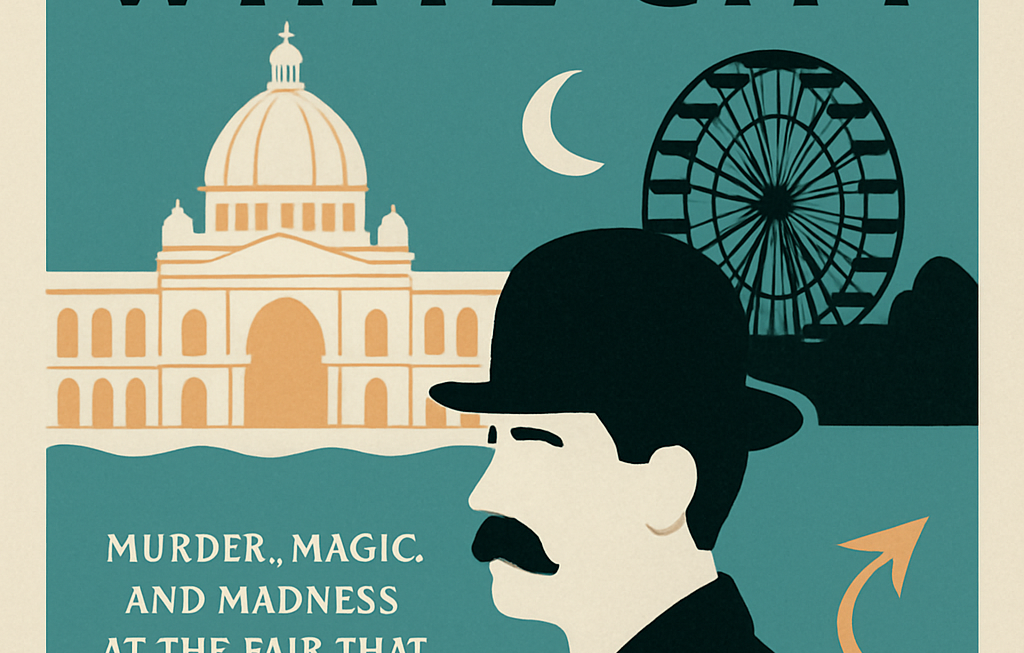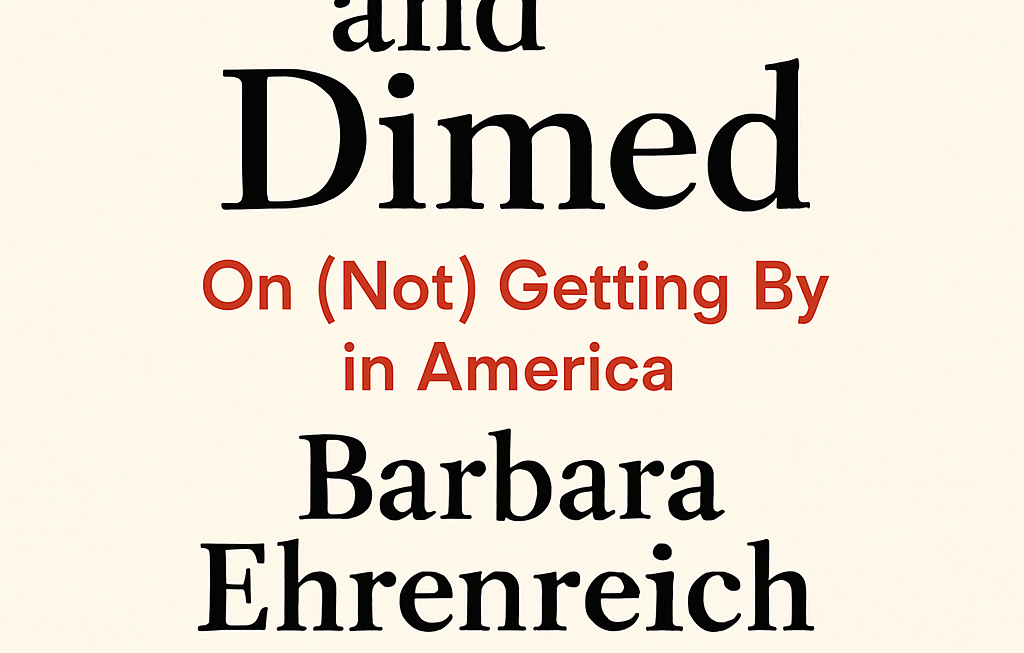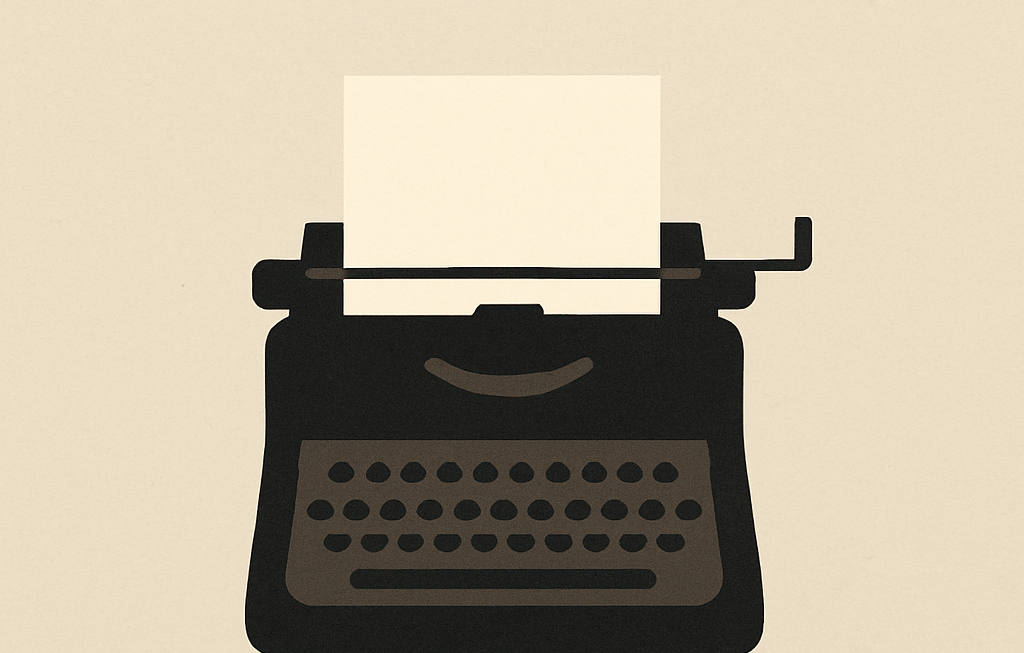Erik Larson: Weaving the Threads of History and Horror
In the tapestry of American history, some threads shimmer with brilliance, others are stained with darkness. Erik Larson, a master weaver of narrative nonfiction, has dedicated his career to unraveling these complexities, revealing the intricate patterns where progress and peril intertwine. His breakout work, The Devil in the White City: Murder, Magic, and Madness at the Fair That Changed America (2003), perfectly exemplifies this skill. This breathtaking account of the 1893 Chicago World’s Fair—a dazzling spectacle of architectural ambition—is simultaneously a chilling exploration of H.H. Holmes, a serial killer whose “murder castle” lurked in the fair’s shadow. Larson doesn’t merely recount events; he breathes life into them, transforming historical figures into compelling characters and showcasing the city’s exuberant growth alongside its sinister underbelly. The narrative elegantly juxtaposes the grand vision of architect Daniel Burnham with the chilling machinations of Holmes, a mesmerizing dance between dazzling innovation and horrifying depravity. The book’s success lies not only in its meticulously researched facts but also in Larson’s ability to craft a narrative as suspenseful as any fictional thriller, earning him the 2004 Edgar Award for Best Fact Crime. This triumph solidified Larson’s place as a leading voice in narrative nonfiction, a writer who transforms historical events into captivating stories that resonate with readers long after the final page is turned. Born in Brooklyn in 1954, Larson’s career reflects a commitment to insightful storytelling, with later works like *In the Garden of Beasts* and *The Splendid and the Vile* further cementing his mastery of the genre.
An Exclusive Interview with Erik Larson
- Question: The Devil in the White City masterfully blends seemingly disparate narratives. What was the initial spark that connected the World’s Fair and H.H. Holmes in your mind, and how did you navigate the challenge of balancing these contrasting stories?
- Answer: The initial spark came from the sheer juxtaposition—the dazzling, optimistic spectacle of the World’s Fair, a symbol of American progress, existing simultaneously with the horrific acts committed by Holmes. The challenge was maintaining narrative tension without sacrificing the historical integrity of either story. I wanted the reader to feel the excitement of the fair and the dread of Holmes’s actions, and that required careful pacing and structural decisions. Interweaving the chapters allowed me to build suspense and create a sense of escalating unease as the fair progressed and Holmes’s killing spree continued.
- Question: Your prose is remarkably evocative, bringing the past to life with vivid detail. How do you achieve such a level of immersive storytelling while remaining faithful to historical accuracy?
- Answer: I believe historical accuracy shouldn’t preclude vivid storytelling. The challenge lies in finding the balance. My approach involves extensive research, poring over primary source documents—letters, diaries, newspapers—to understand the atmosphere and details of the era. Then, I use that information to reconstruct the scene, making it feel real and immediate to the reader. But I strive for accuracy, not just embellishment; I always cite my sources and ensure the narrative stays true to the facts, even as it strives to be compelling.
- Question: Many critics lauded the book’s suspenseful structure. Was this a conscious decision, and how did you approach constructing a narrative that would hold readers’ attention like a thriller?
- Answer: Absolutely. I wanted the book to be as engaging as a novel. From the outset, I knew the parallel narratives would drive the suspense. I structured the chapters to alternate between Burnham’s triumphs and Holmes’s crimes, gradually building tension in both strands. The climax of the fair mirrored the height of Holmes’s depravity, creating a dramatic collision of ambition and evil. The pacing was crucial; I deliberately withheld certain details and employed cliffhangers to keep the reader turning the pages.
- Question: The book inevitably presents a dark side of the “American Dream.” Was this a central theme you intentionally explored, and if so, how did you approach balancing the celebration of progress with the exposure of such moral failings?
- Answer: The “American Dream” was definitely a central theme, and it was crucial to show both its bright and dark aspects. The fair represented progress, innovation, and ambition, but Holmes’s story highlighted the darker side of human nature – greed, corruption, and the potential for evil to fester even within a society experiencing rapid advancement. The juxtaposition wasn’t meant to be cynical but rather a realistic portrayal of a complex historical moment, highlighting the inherent tensions and contradictions within the American narrative.
- Question: You’ve tackled various historical periods and figures. What draws you to specific historical events, and how do you determine which stories are worth telling?
- Answer: I’m drawn to stories that possess inherent narrative tension, often involving a fascinating confluence of characters and circumstances. I look for events that offer a compelling dramatic arc, moments that resonate with contemporary themes even if separated by time. Ultimately, a good story for me needs compelling characters and a clear narrative arc—something that can simultaneously intrigue and illuminate. The research involved is also a significant factor; a rich trove of primary sources is essential.
- Question: The success of *The Devil in the White City* led to numerous adaptations. What’s your perspective on these adaptations and the creative liberties they often take?
- Answer: I’m always fascinated to see how other artists interpret my work. Adaptations inevitably necessitate creative choices and changes, and I understand that. My main concern is that the core spirit of the story – the compelling contrast between the grandeur of the fair and the chilling reality of Holmes’s crimes—is preserved, even as the medium changes. It’s a different art form, with its own rules and limitations.
- Question: Your work often delves into themes of fear and ambition. How do these recurring themes shape your approach to storytelling, and what do you hope readers take away from exploring these aspects of human nature?
- Answer: Fear and ambition are powerful and fundamental human emotions that drive much of history. They’re often intertwined, with ambition potentially leading to reckless actions born from fear or desperation. I use these themes to explore the complexities of human behavior and motivations, exposing both the potential for greatness and the capacity for cruelty. I hope readers gain a deeper understanding of the human condition and the forces that shape our actions, both individually and collectively.
- Question: Narrative non-fiction often walks a fine line between fact and interpretation. How do you navigate this delicate balance and ensure your work remains both engaging and historically responsible?
- Answer: The challenge of narrative non-fiction is always to be both entertaining and rigorously accurate. I aim for a seamless blend of narrative flair and painstakingly verified facts. The key lies in extensive research, using primary sources as much as possible, and being scrupulously honest about what we know and what we can only infer. Every claim should be supported by evidence, and any speculation should be clearly identified as such. Transparency and accuracy are paramount.
- Question: Looking back at your career, what are you most proud of, and what lessons have you learned in crafting these intricate narratives?
- Answer: I’m most proud of the fact that I’ve managed to connect with readers through history. I’ve learned that the best stories come from immersing oneself in the details and letting the characters speak for themselves. It’s a process of constant learning – learning about the past, learning about storytelling, and, most importantly, learning about the human capacity for both extraordinary good and terrible evil.



